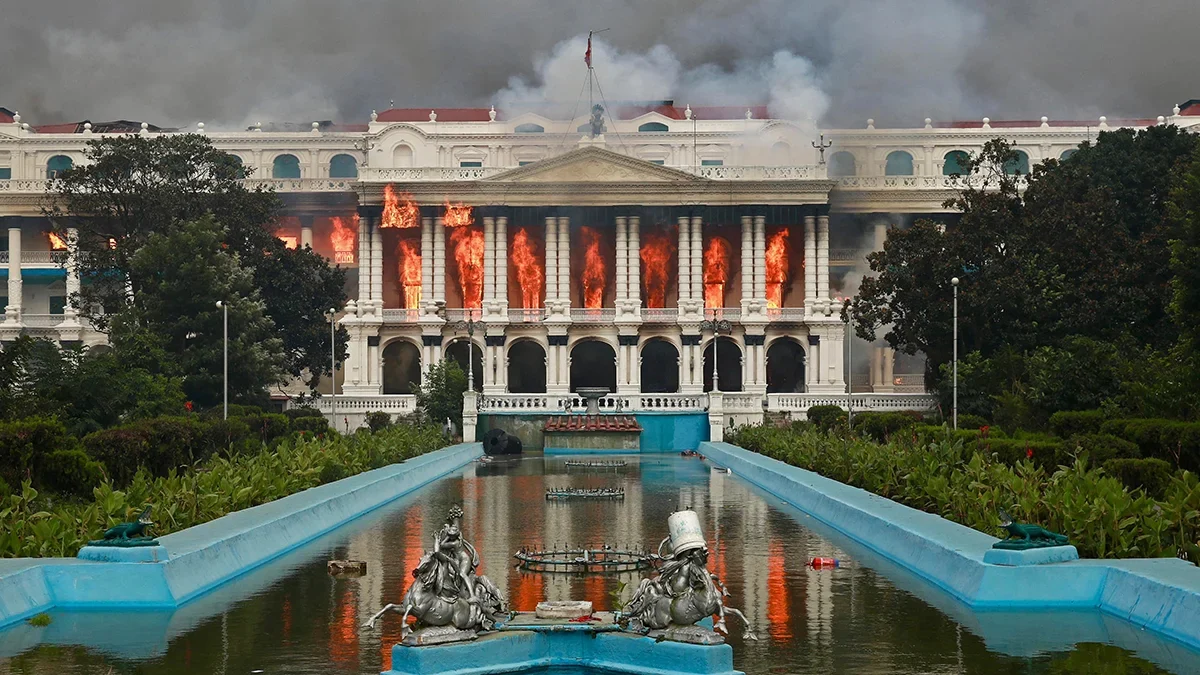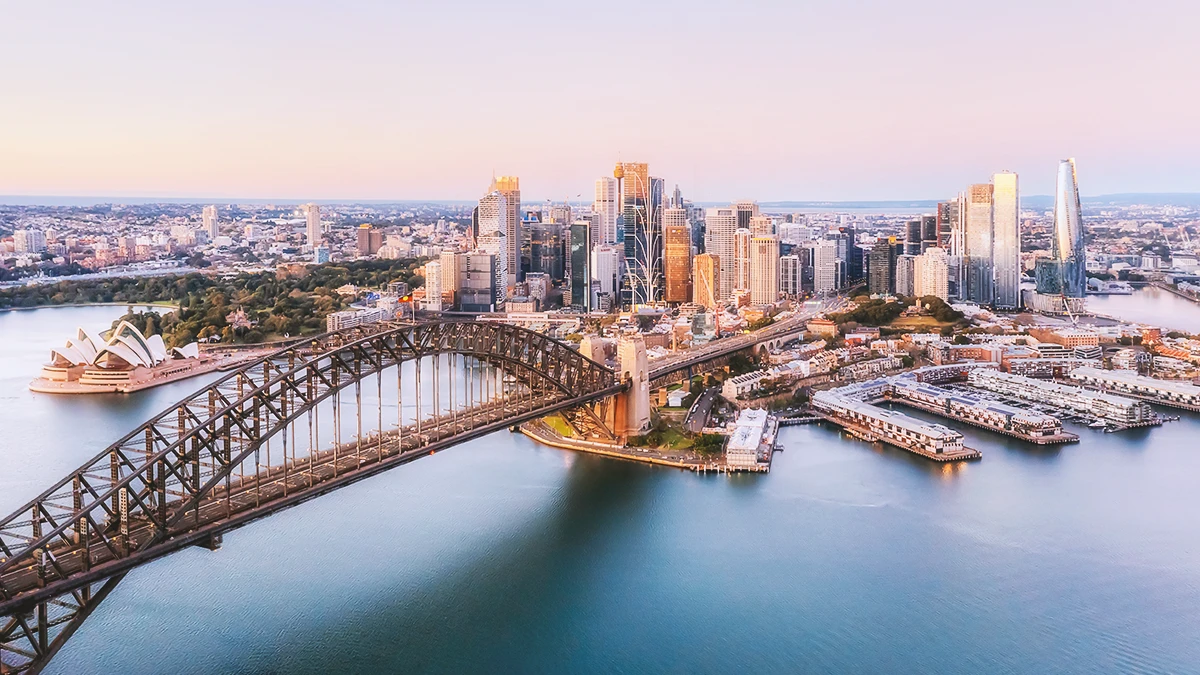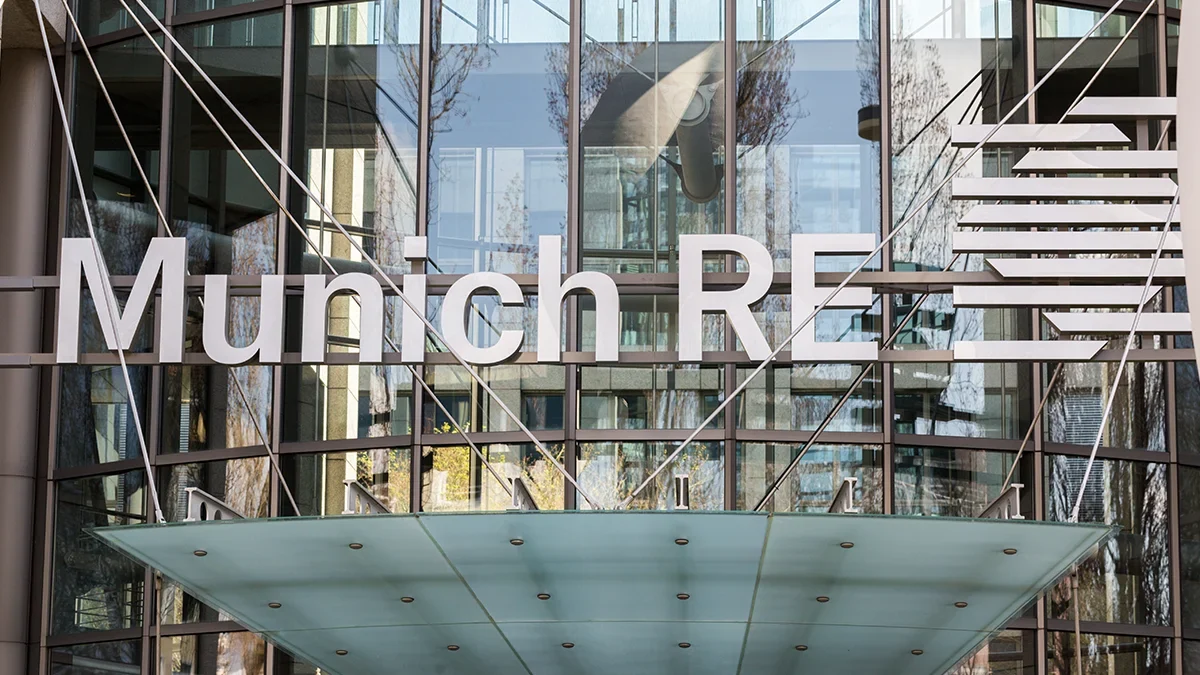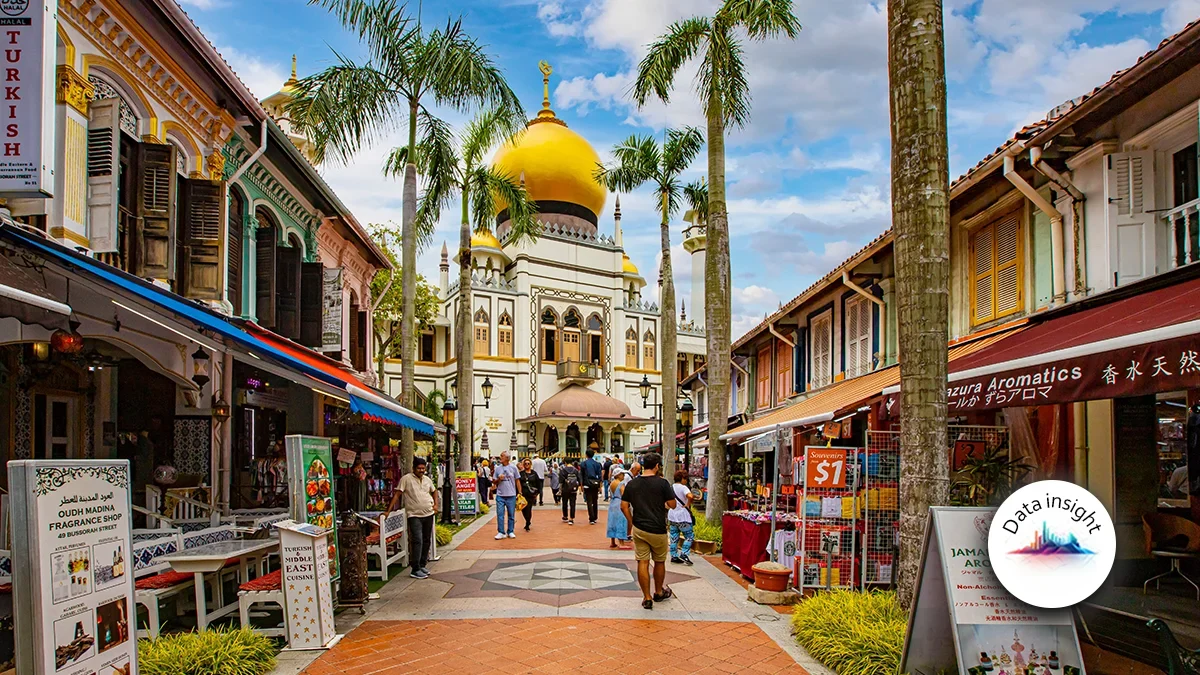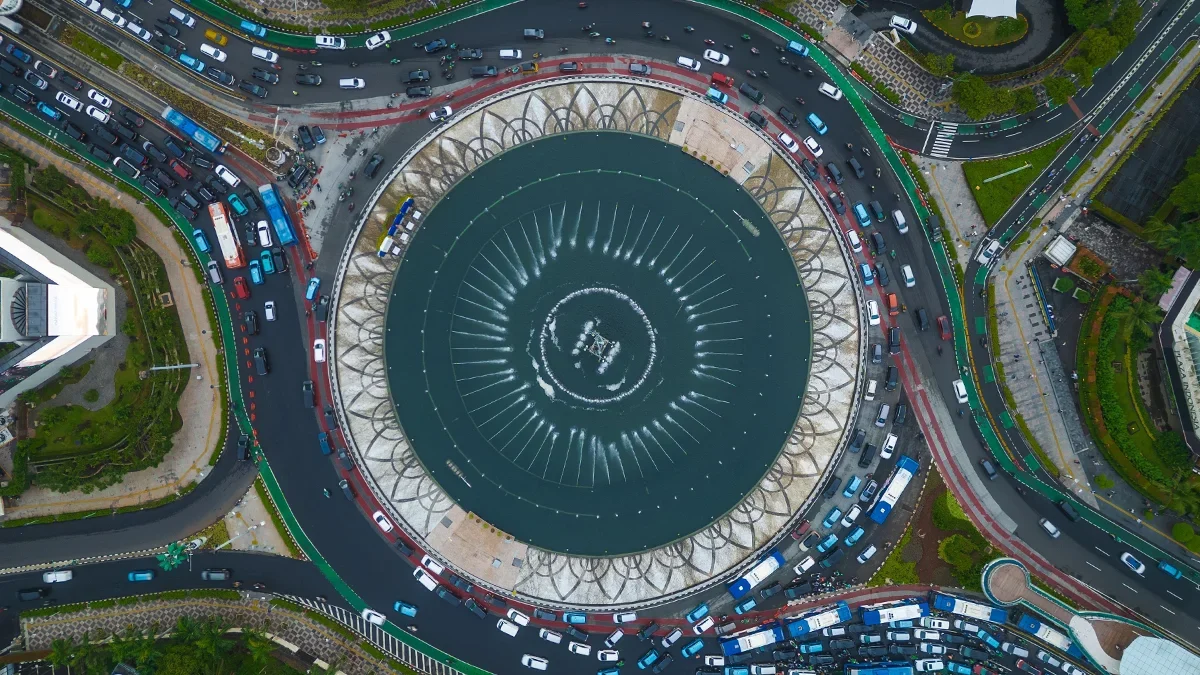(Re)in Summary
• Global political violence (PV) insurance capacity is rising despite increasing losses, contrary to typical insurance cycles.
• APAC is facing frequent and growing SRCC and political violence events, with insured losses reaching new highs.
• Excess capacity and new entrants in APAC are putting pressure on underwriting discipline and constraining premium growth.
• Insurers are urging broader client engagement and new coverage options to address evolving risks and underpricing.
Something unusual is happening in the world of political violence (PV) insurance. The amount of capacity in the global insurance market to cover these perils is increasing at precisely the same time that losses are rising.
“This is not usually how the insurance cycle works,” says Dipam Pandit, Head of War and Terrorism for APAC at Liberty Specialty Markets. “If you have lots of losses, capacity tends to come down and pricing goes up.”
In 2022, Russia’s invasion of Ukraine led to the imposition of sanctions by the West, resulting in the confiscation of 589 Western-built aircraft by Moscow with a value of approximately US$13bn, according to Russel Group.
This was a political risk event that hit the aviation insurance sector hard, creating a legal labyrinth that the market is still grappling with today. Several of the firms that leased these aircraft are based in APAC.
However, despite the tumultuous time that the aviation market has had, the sector remains “significantly over-capacitated and intensely competitive”, according to Chris Don, Russel Group’s Head of Brand and Communications.
He adds: “Without a collective to price risk appropriately, premium growth will remain constrained. Unless capacity withdraws from the market, meaningful change appears unlikely.”

Dipam Pandit
Head of War and Terrorism for APAC at Liberty Specialty MarketsRising risk
This is presenting something of a challenge for underwriters that are active in the region, since prices are not accurately reflecting risk.
Pandit says that PV insurance is now shifting from a catastrophe class of business, with high-severity but low-frequency losses, to one where insurers are having to endure a large number of smaller attritional losses.
This should change how insurers price risk and structure coverage – but the market, at least in APAC, appears not to have made this adjustment.
“It used to be that firms in our region would suffer a major incident, and then everything would go quiet for five or six years,” says Pandit. “We’re now seeing events occurring consistently in territories where we might never have expected them.”

Chris Don
Head of Brand and Communications at Russel GroupSteve Hatton, Terrorism and Regional Manager for APAC for Beazley, notes there is significant risk throughout APAC, especially in regard to SRCC perils. “In the last few months alone, we’ve seen civil unrest across major cities. We do not expect this tension to settle over the next 12-18 months,” he says.
In September, anti-corruption protests erupted across Nepal, following the government’s crackdown on social media platforms. AM Best has warned that Nepal’s non-life (re)insurance industry faces significant financial strain because of this.
In August, anti-government protests in Indonesia over rising living costs and perceived inequality turned violent when a motorcycle taxi driver was killed by a police vehicle. There have been numerous other SRCC incidents throughout the year, including a terrorist attack in Kashmir that sparked clashes between India and Pakistan.
“Times of economic uncertainty have historically gone hand-in-hand with political protests. This has been amplified with the rise of social media that has toxified debate,” says Don from Russel Group. “Throw into this mix the imposition of tariffs, which is bound to create more economic headwinds for government, then the frequency and severity of SRCC events may continue to rise.”

Victor Kuk
Head P&C Reinsurance SID at Swiss ReData from Armed Conflict Location and Event Data (ACLED), a real time monitoring service, shows that APAC has suffered more protests and riots than any other region of the world for the past four years running. Last year, there were more than 51,000 incidents in APAC, according to ACLED. This is up from just over 16,000 in 2016.
At the same time, insured losses from such events are getting bigger.
“Not long ago, no single SRCC event had ever exceeded US$1bn in losses, with the 1992 Los Angeles riots marking the peak at that time. But recent large-scale SRCC events have reached US$3–4bn in insured losses,” says Victor Kuk, Swiss Re’s Head P&C Reinsurance for Southeast Asia, India, Korea, Hong Kong and Taiwan.
Finding a solution
Established underwriters in APAC, such as Liberty Specialty Markets, are anxious that excess capacity could weaken underwriting discipline.
“We’ve seen a large number of companies setting up in London, and quite a few new insurance companies coming to Dubai and Singapore to offer coverage locally,” says Pandit.
“This adds more capacity, but these players also have to think about building their portfolio. They might take on risk that is not part of their initial strategy because they are keen to pick up market share.”
For Pandit, the solution is to ask what clients want beyond simply underwriting.
“This is about having a broader conversation with clients and working together in the spirit of partnership, rather than just trying to sell off-the-shelf products,” he says. “It’s about explaining the coverage, explaining the claims scenarios and explaining what other options are available (besides risk transfer) for protecting assets.”

Steve Hatton
APAC Terrorism and Regional Manager at BeazleyBeazley is also trying to encourage businesses to look for cover that goes beyond pure indemnity. This is why the insurer wants to focus “on the resilience and post-event support, and protecting [businesses] against new exposures by offering additional coverages”, says Hatton.
Such additional cover includes Beazley’s Deadly Weapon Protection product, which guards against all types of deadly weapon-type events – not just politically-motivated events.
By adapting to clients’ needs, existing PV insurers hope to continue to grow in a market that has huge potential, even if the risk is being underpriced.
“Our recent report revealed a vast majority – 68% – of businesses cite geopolitical and economic uncertainty as a roadblock to growth, so we expect many to turn to the insurance sector to help them offset and prepare for this risk,” says Hatton.




